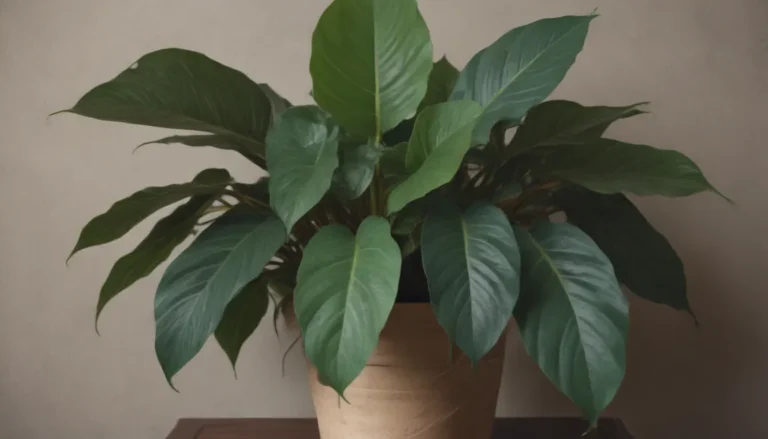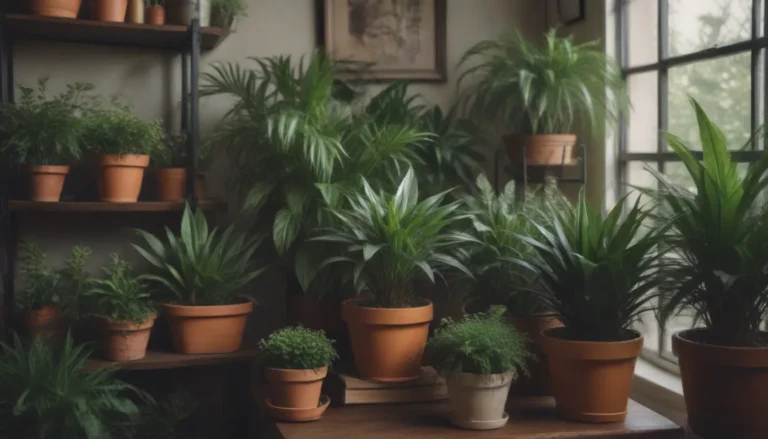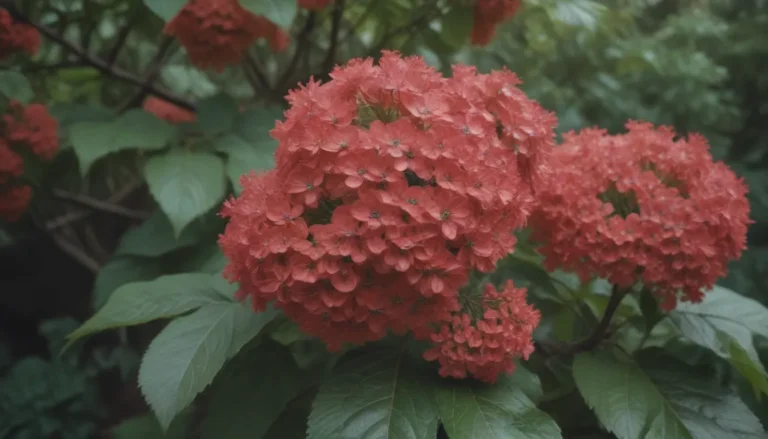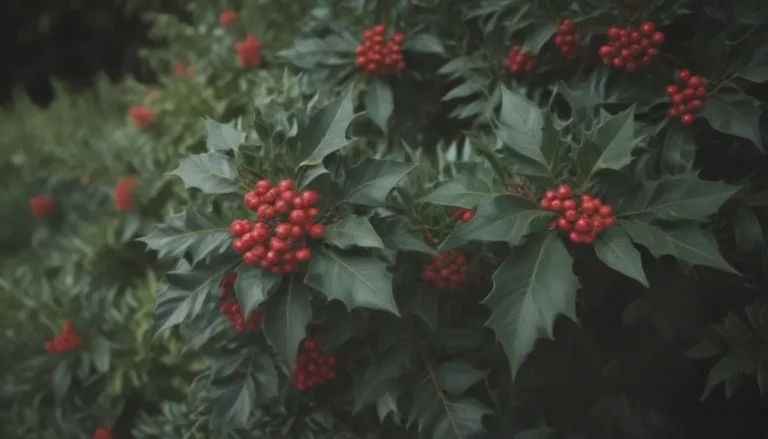How to Successfully Grow and Maintain a Kumquat Tree Indoors
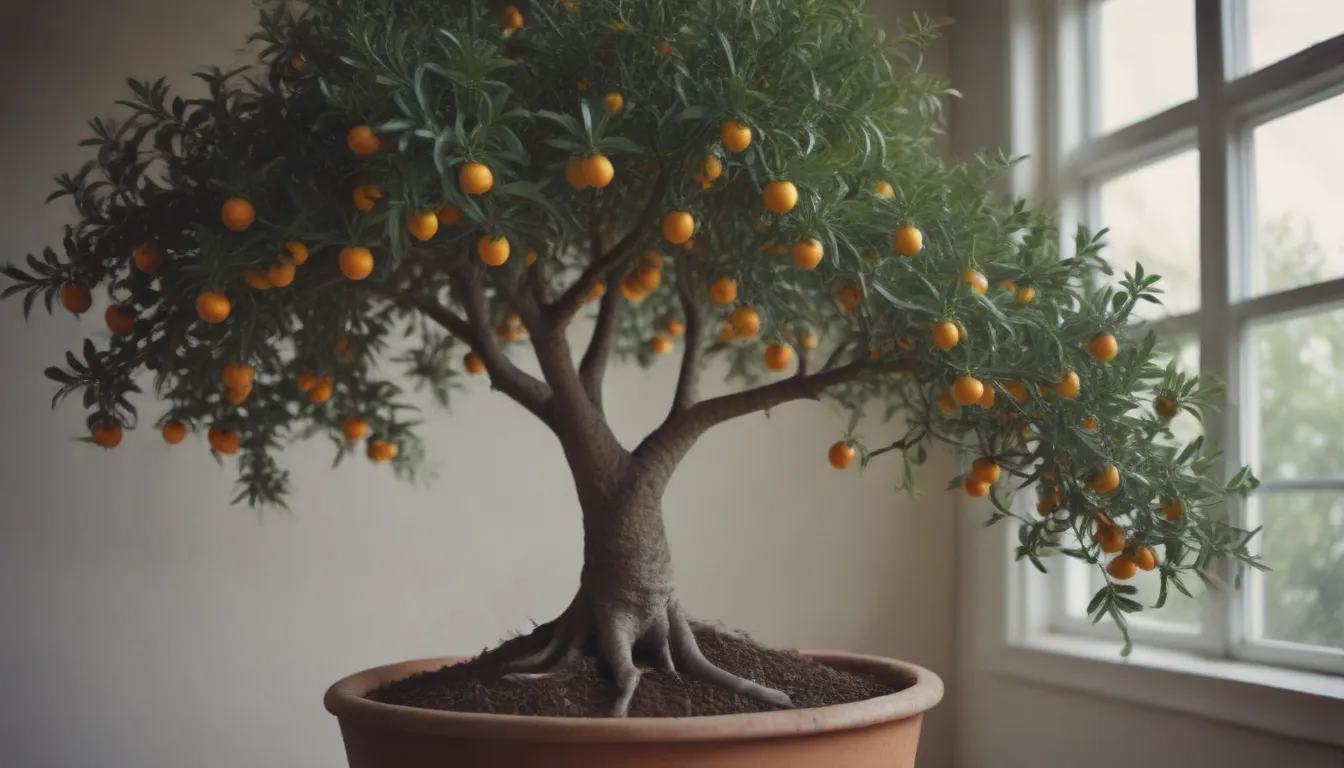
Are you interested in growing your very own kumquat tree indoors? Whether you’re a seasoned plant enthusiast or a newbie looking to add a touch of citrus to your living space, growing a kumquat tree can be a rewarding experience. In this comprehensive guide, we’ll walk you through everything you need to know to successfully grow and maintain a healthy kumquat tree right in the comfort of your own home.
Understanding Kumquat Trees
Kumquats are small, broadleaf evergreen fruit trees that are native to China and southeastern Asia. Known for their delicious fruit, kumquat trees are well-suited for indoor growing due to their small size and late flowering habits, which result in a long fruit production season. These trees boast dense, glossy, dark green foliage and produce small white flowers that bloom in late spring to early summer, with fruit ripening well into winter. Some varieties can even flower and fruit twice a year.
Can You Grow Kumquat Inside?
The good news is, you can absolutely grow kumquat trees indoors! These small trees have been cultivated in Asia for centuries and are perfectly suited for container culture. While they may not reach their full size indoors, they still have the potential to produce plenty of fruit. Additionally, there are several dwarf varieties that are ideal for indoor growing.
To ensure your indoor kumquat tree thrives, it’s essential to provide it with ample bright light and avoid letting it sit in soggy soil. While kumquats enjoy water, they cannot tolerate oversaturated soil.
Varieties of Kumquat Trees:
- Citrus japonica ‘Centennial Variegated’
- Citrus japonica ‘Nagami’
- Citrus japonica ‘Meiwa’
- Citrus japonica ‘Marumi’
How to Grow a Kumquat Tree Indoors
Sunlight
Kumquat trees thrive in full sun, requiring at least six hours of direct sunlight on average. Ideally, aim for eight to 10 hours of sun daily, though this can be challenging in the winter. Indoor kumquat trees should be placed near the brightest window in your home and rotated weekly for even sun exposure. During the summer, consider moving your tree outdoors to a balcony or patio to soak up extra natural light.
Artificial Light
If your home lacks sufficient sunlight, you may need to supplement with grow lights placed about 12 inches above the tree. These lights should be left on for 12 hours a day and specifically designed for citrus trees.
Temperature and Humidity
Kumquat trees have some cold tolerance and can withstand brief frost, but they prefer temperatures between 55 and 85 degrees Fahrenheit. Avoid extreme temperature fluctuations from heaters or air conditioners, and protect your tree from drafts near doors and windows. Aim for humidity levels between 50 and 60 percent, misting the leaves regularly during dry winter months or using a cool-mist humidifier.
Watering
Proper watering is crucial for kumquat trees. Keep the soil lightly moist but not soggy, watering when the top 2 inches of soil feel dry. Ensure your container has ample drainage to prevent waterlogging.
Air Circulation
Gentle air circulation is beneficial for kumquat trees, aiding in humidity stabilization, carbon dioxide circulation, and self-pollination. Consider placing a small fan in the room or utilizing forced-air heating for sufficient air movement.
Fertilizer
Use a high-quality citrus tree fertilizer to encourage healthy growth, flowering, and fruiting. Start fertilizing in the spring and follow the label instructions for best results.
Pruning and Maintenance
While indoor kumquat trees typically are dwarf varieties that require minimal pruning, occasional trimming to maintain manageable size is recommended. Make pruning cuts at a 45-degree angle above a leaf node each spring, and turn the tree weekly for balanced sun exposure.
Pollination
Indoor kumquat trees may need hand-pollination since they lack natural pollinators. Use a small, dry paintbrush to transfer pollen between male and female flowers to facilitate fruit production.
Container and Size
Select a container slightly larger than your tree’s root ball when planting your kumquat tree. A young tree can thrive in an 8-inch pot for several years before needing repotting. Ensure the container has adequate drainage holes.
Potting Soil and Drainage
Use a well-draining potting mix for your kumquat tree, preferably one designed for citrus trees. Add a layer of gravel or pebbles at the bottom of the container to improve drainage.
Potting and Repotting
Repot your kumquat tree every few years to prevent root crowding. Choose a container one size larger than the current one. When repotting, plant the tree at the same depth as before to promote healthy growth.
Moving Your Kumquat Tree Outdoors for the Summer
During warm weather, consider moving your potted kumquat tree outdoors to benefit from ample sunlight. Ensure the tree receives eight to 10 hours of direct sun in a suitable outdoor spot. However, bring the tree indoors if nighttime temperatures consistently drop below 50 degrees Fahrenheit.
Considerations
Kumquat trees are sensitive to temperatures below 50 degrees Fahrenheit, so monitor outdoor night temperatures when deciding to move your tree back indoors. Always inspect your tree for pests before bringing it inside, and treat any infestations promptly with suitable insecticidal solutions.
By following these detailed steps and best practices, you can successfully grow and maintain a thriving kumquat tree indoors. With proper care and attention, your kumquat tree may reward you with an abundance of delicious fruit season after season. Remember to enjoy the process and celebrate each milestone as your tree flourishes in its indoor environment. Happy growing!

